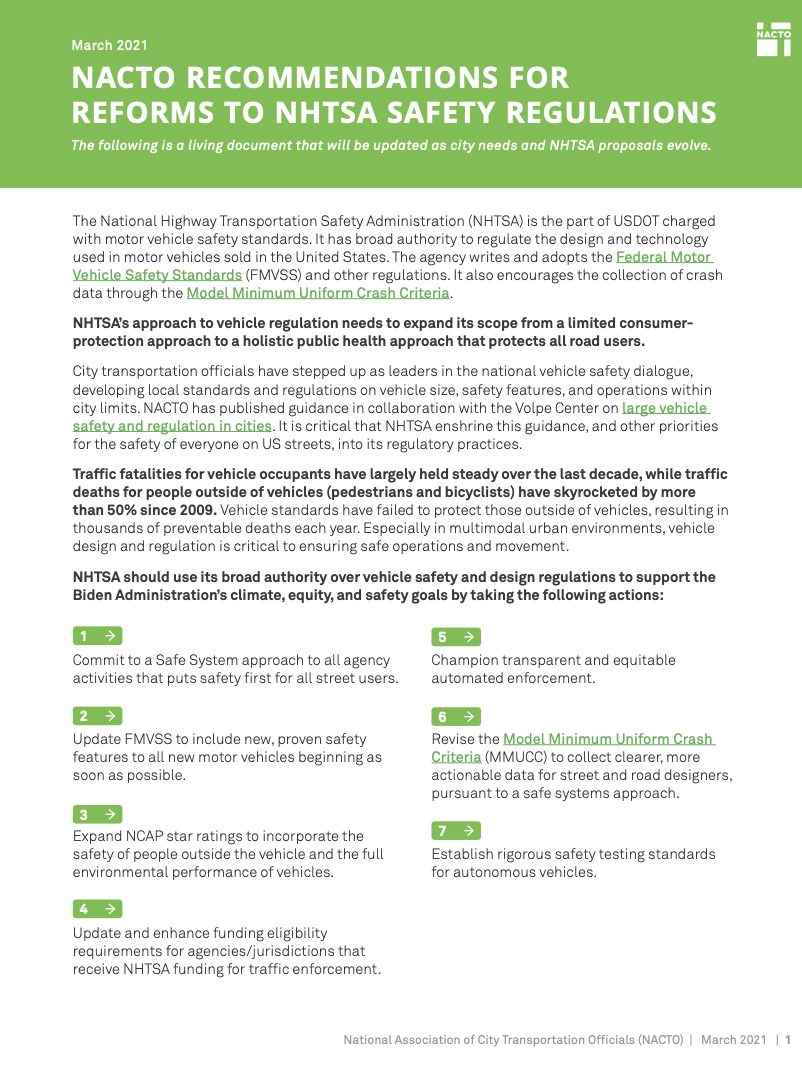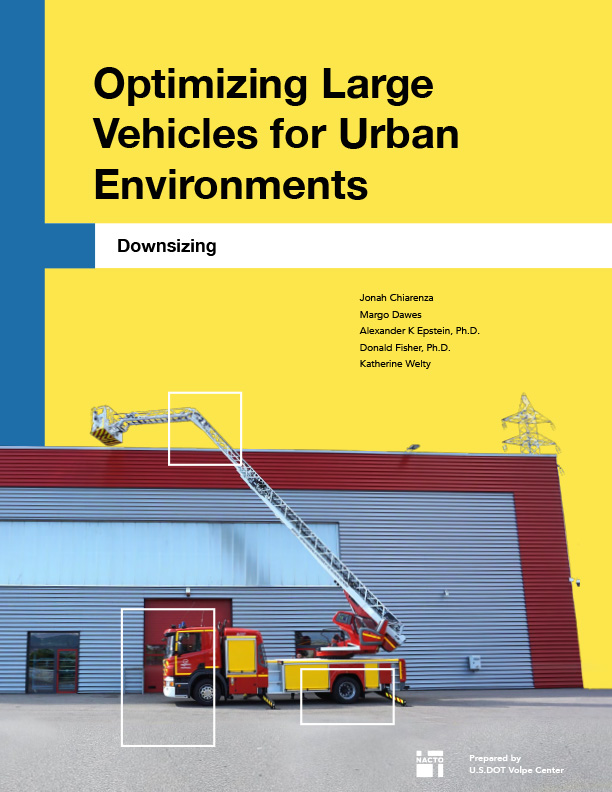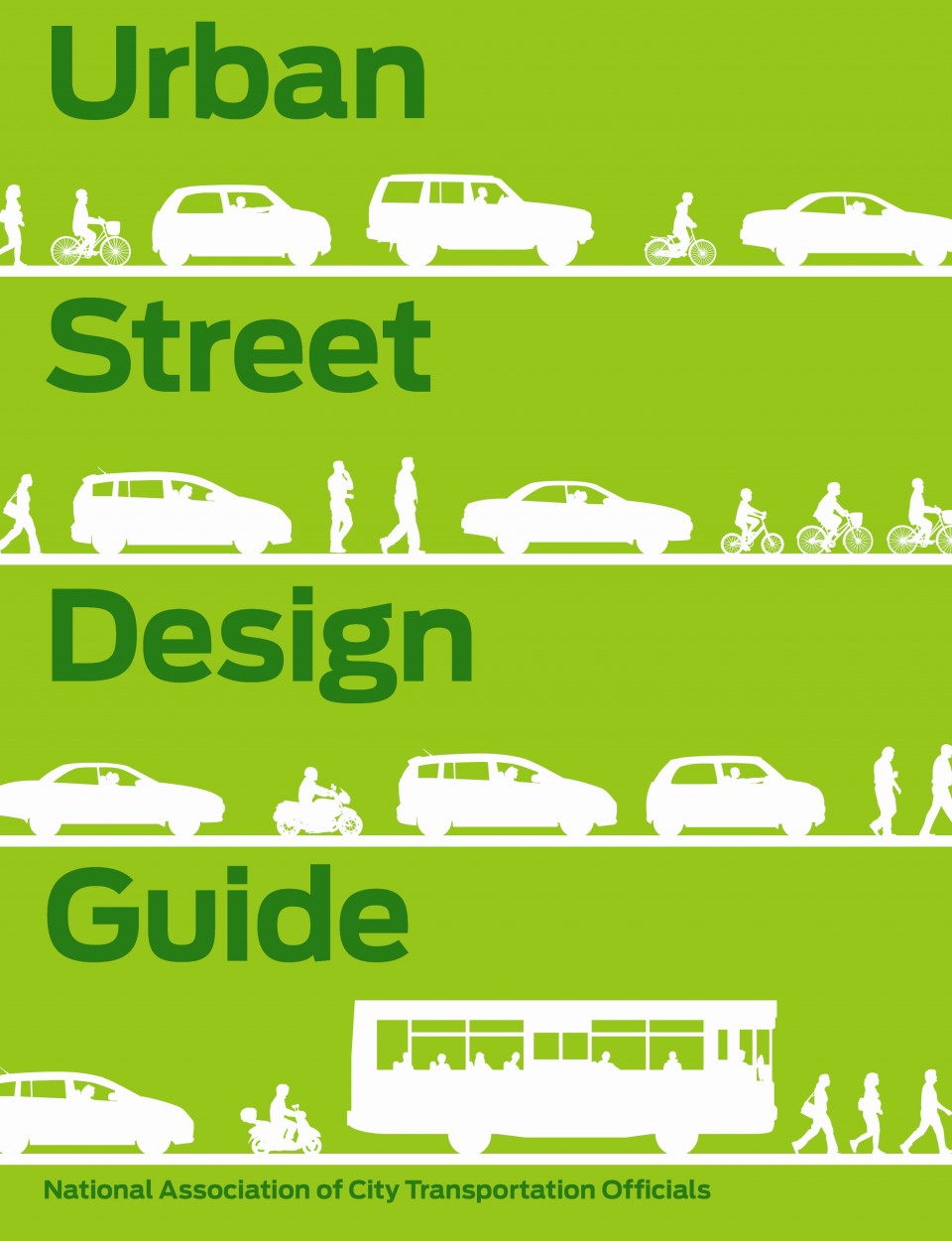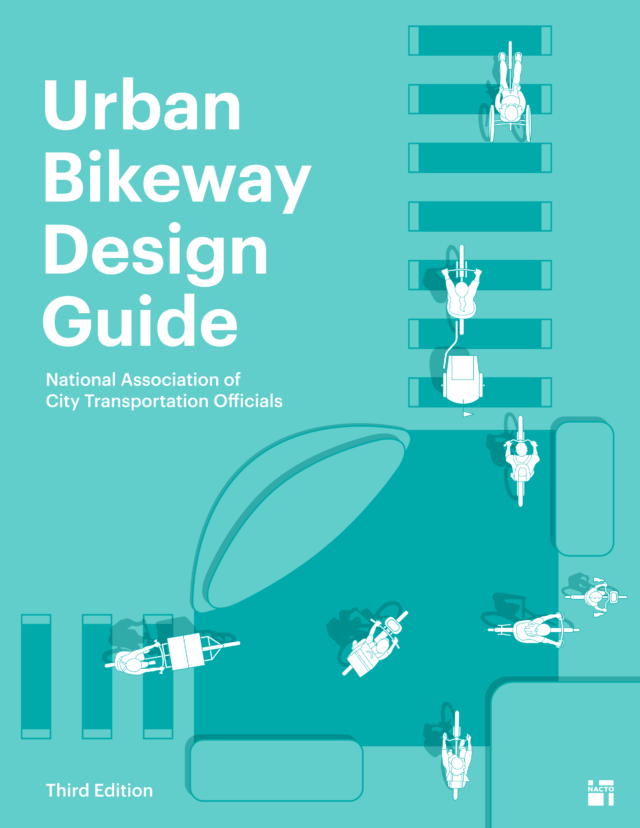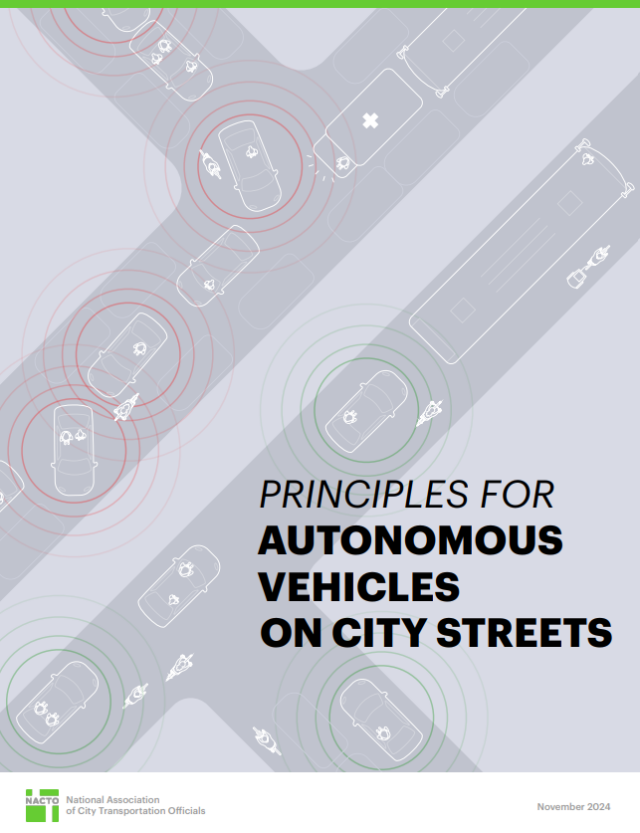Traffic fatalities for vehicle occupants have largely held steady over the last decade, while traffic deaths for people outside of vehicles (pedestrians and bicyclists) have skyrocketed by more than 50% since 2009. Vehicle standards have failed to protect those outside of vehicles, resulting in thousands of preventable deaths each year. Especially in multimodal urban environments, vehicle design and regulation is critical to ensuring safe operations and movement.
The National Highway Transportation Safety Administration (NHTSA) is the part of the U.S. Department of Transportation charged with motor vehicle safety standards. It has broad authority to regulate the design and technology used in motor vehicles sold in the United States. The agency writes and adopts the Federal Motor Vehicle Safety Standards (FMVSS) and other regulations. It also encourages the collection of crash data through the Model Minimum Uniform Crash Criteria.
NHTSA’s approach to vehicle regulation needs to expand its scope from a limited consumer protection approach to a holistic public health approach that protects all road users. NACTO’s recommendations detail how NHTSA can use its broad authority over vehicle safety and design regulations to support the Biden Administration’s climate, equity, and safety goals.
